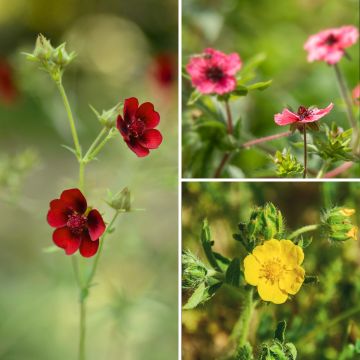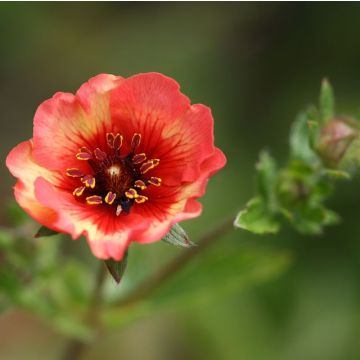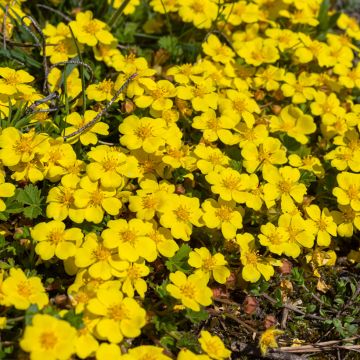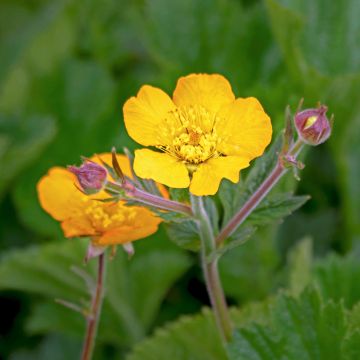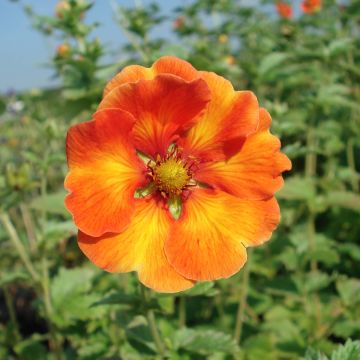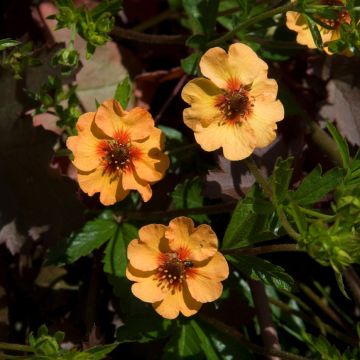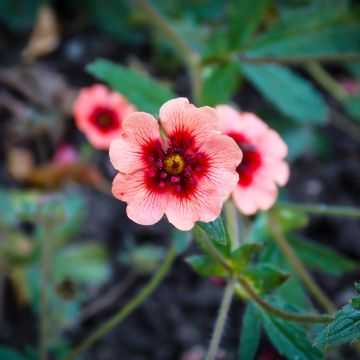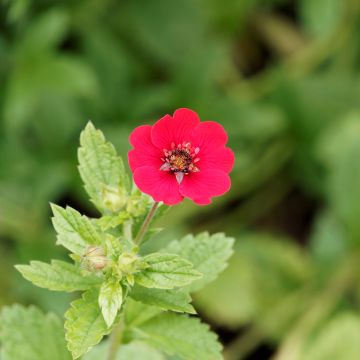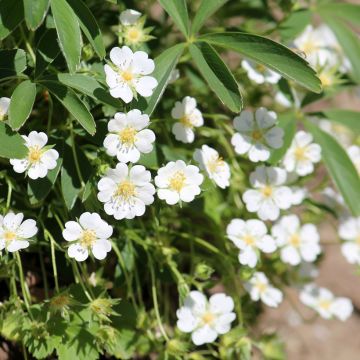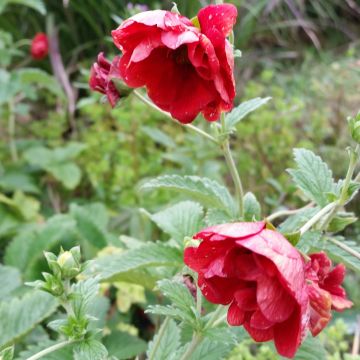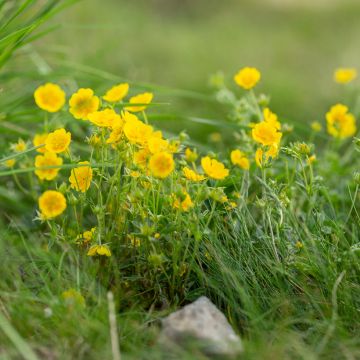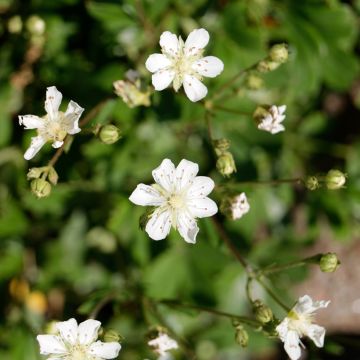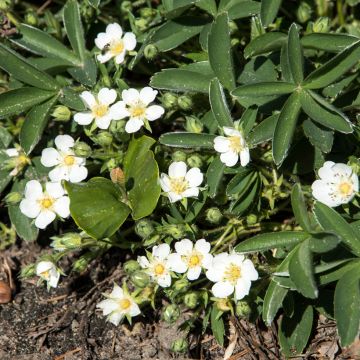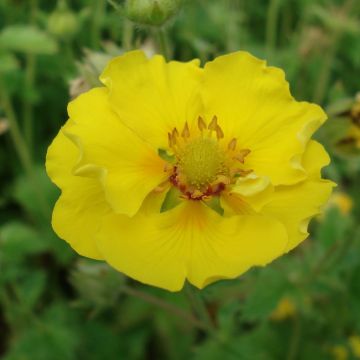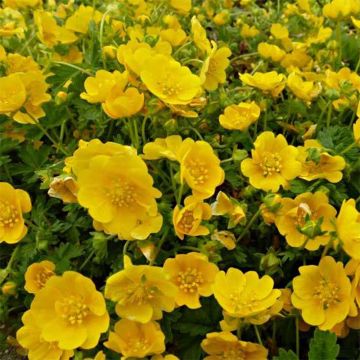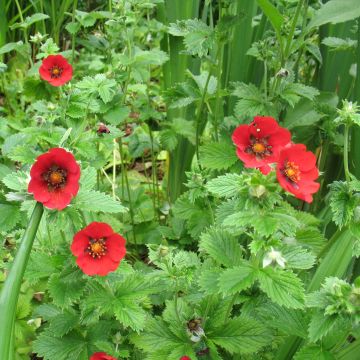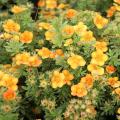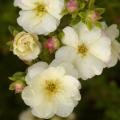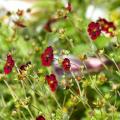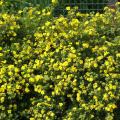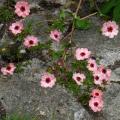Potentilla for borders
Does this plant fit my garden? Set up your Plantfit profile →
Available in 1 sizes
Available in 1 sizes
Available in 1 sizes
Available in 1 sizes
Available in 1 sizes
Available in 1 sizes
Available in 1 sizes
Available in 1 sizes
Available in 1 sizes
Available in 1 sizes
Available in 1 sizes
Available in 1 sizes
Available in 1 sizes
Available in 1 sizes
Available in 1 sizes
A selection of Potentillas to create flowering borders. Perennial Potentillas are herbaceous, low-growing plants that are naturally suited for planting in borders or rockeries. Potentilla nepalensis 'Miss Willmott' forms clumps 60 cm (24in) wide and is adorned with cherry pink flowers marked with cream throughout the summer. Creeping mountain varieties, such as the Golden Potentilla (Potentilla aurea) or P. alba or White Potentilla, form carpets adorned with small yellow or white cups in summer. Less common, but highly ornamental, Potentilla 'William Rollisson' is adorned with large orange flowers reminiscent of avens. Among the shrubby Potentillas (Potentilla fruticosa), certain selections like 'Goldteppich' (yellow) or 'Danny Boy' (raspberry pink), with a spreading habit, form large cushions 40-50 cm (16-20in) in height that flower remarkably for months.
By placing these Potentillas at the forefront of your flowerbeds or alongside pathways, they will be perfect for quickly obtaining vibrant borders of colour, worthy of impressionist paintings. They will have a beautiful effect when accompanied by Yarrows or rockroses, for example. On a slope or rockery, where they will be ideally placed if your garden soil is heavy and clayey, they can also be associated with dwarf or creeping Conifers.
Haven't found what you were looking for?







































